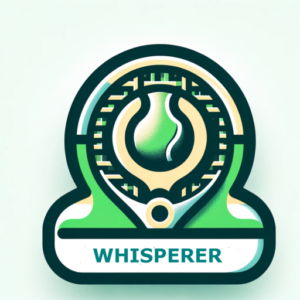The Art of Hard Court Doubles
The Temptation to Hit on the Rise
Hard courts offer consistent, higher bounces. That reliability tempts many doubles players to take balls early, right off the rise—trying to seize time from the opponent.
While this can occasionally work, over-relying on early contact can sabotage your timing, disrupt positioning, and break your rhythm—especially if your watching isn’t perfect.
In doubles, where court position and consistency outweigh flash, this rushed approach often backfires.
The Better Play: Let the Ball Drop
Rather than attacking early, let the ball drop into your strike zone. This subtle delay gives you:
- Cleaner contact and full follow-through
- More net clearance—key for targeting the triangle
- Time to read spin and adjust angles, especially when redirecting pace
Even a slight delay helps your brain process depth, spin, and bounce—essential in doubles’ fast exchanges.
Key tip: If you’re coming from synthetic grass (like Manly), stand deeper for all your groundies. Hard courts bounce higher and push the ball through more quickly—you need space to swing freely and keep balanced.
Applying This in the Magic Diamond Strategy
The Magic Diamond—where both net players look to close down space and volley aggressively—thrives on smart timing, not rushed execution.
From the baseline or midcourt:
- Wait for the ball to dip into your comfort zone
- Target the triangle or play low at the incoming net player’s feet
- Prioritize direction and margin, not just speed
At the net, you live by a simple rule: ABC—Always Be Closing. Don’t camp. Keep moving forward after every shot, closing down space and increasing pressure.
Against heavy topspin, maintain a compact volley swing—but always with forward momentum.
Return of Serve: Find Your “Happy Spot” on Hard Court
Hard courts grant you a bit more reaction time—use it wisely:
- Stand a step deeper than you would at Manly
- Don’t stab at the rising ball
- Let the serve rise, then fall before initiating your stroke
- Favor forehands when possible to control angles and set up your partner
This gives you more consistent returns into the triangle, positioning your team to poach or force weak replies.
Match-day Preparation
Try to arrive early to the venue and get a proper hit-up. Hard courts can vary slightly in bounce depending on surface texture, temperature, and ball condition. The more familiar you are with it, the quicker you’ll settle into your timing.
If possible, book a court at 11:30 AM for a midday match. That guarantees a relaxed, high-quality warmup, letting you adjust your movement, ball tracking, and feel for the bounce.
Key Takeaways
- Hard court bounce gives you more time—use it wisely
- Stand deeper than you would on synthetic grass courts like Manly
- Let the ball drop for more control, balance, and consistency
- In the Magic Diamond, smart timing and ABC—Always Be Closing at net are essential
- Return from your post-peak zone, not while the ball is still rising
- Early warmup is a performance edge—schedule it if you can
Wrap
The court may be different—but your decisions don’t have to be. Let the ball drop into your strike zone, time your movement with precision, and you’ll dominate with smarter, more confident doubles.
You’re not just reacting—you’re taking control.


